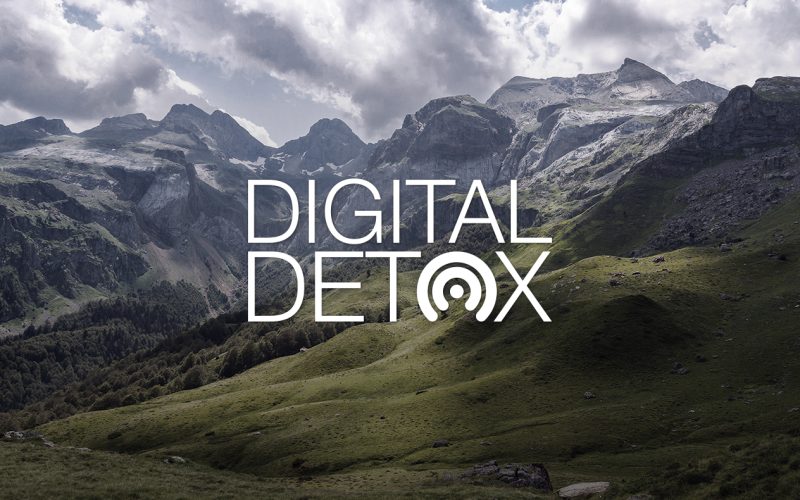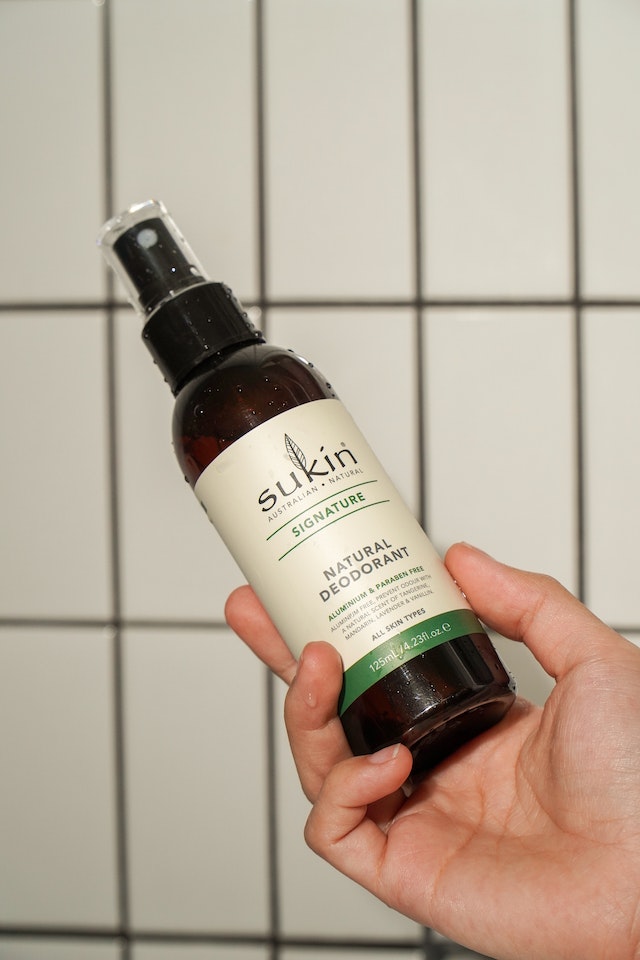In today’s fast-paced, tech-driven world, it can feel impossible to escape from the constant buzz of notifications, emails, and social media updates. Technology has become an integral part of our daily lives, but the constant connection comes with a price—digital burnout. If you find yourself feeling overwhelmed, stressed, or disconnected from real-life experiences, it might be time to consider a digital detox. A digital detox is a conscious break from screens and technology to reclaim your time, focus, and overall well-being.
In this article, we’ll explore the concept of digital detox, why it’s so important in our tech-obsessed world, and how you can implement it into your routine for a more balanced life. By disconnecting from technology, you can reconnect with yourself, your loved ones, and the world around you.
What is a Digital Detox?
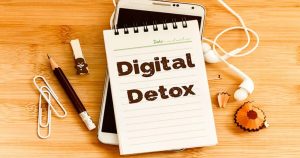
A digital detox is the intentional act of disconnecting from digital devices, such as smartphones, computers, and tablets, for a specific period. This break from technology can range from a few hours to several days, depending on your goals and needs. The idea behind a digital detox is to give your mind and body a chance to recharge, reduce stress, and improve overall well-being.
In today’s world, we’re constantly connected. Whether it’s for work, social media, or entertainment, technology is always within arm’s reach. While technology offers many benefits, such as staying connected with loved ones and increasing productivity, it can also lead to stress, anxiety, and burnout if not managed properly. That’s where a digital detox comes in—providing a structured break from technology to restore balance in your life.
Why is a Digital Detox Important?
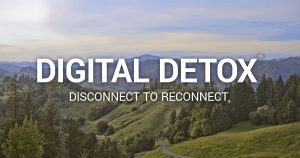
In 2025, the need for a digital detox has never been more critical. With the rise of social media, constant notifications, and the always-on nature of our digital lives, we’re more connected than ever before, but at the same time, we’re more disconnected from the world around us. A digital detox can provide numerous benefits for your physical, emotional, and mental health.
- Reduced Stress: Constant exposure to emails, messages, and social media updates can cause feelings of stress and overwhelm. A digital detox allows you to disconnect from these sources of stress and focus on what truly matters.
- Improved Mental Clarity: Taking a break from technology helps clear your mind and improve focus. Without the constant distractions of digital devices, you can think more clearly and make better decisions.
- Better Sleep: The blue light emitted from screens can interfere with your sleep cycle, making it harder to fall asleep and stay asleep. By reducing screen time, especially before bed, you can improve your sleep quality.
- Stronger Relationships: Digital detoxes help you focus on face-to-face interactions and deepen connections with the people around you. You can spend quality time with loved ones without the distractions of phones or laptops.
- Enhanced Creativity: When you disconnect from screens, you allow your brain to reset and recharge. This time away from digital distractions can foster creativity and spark new ideas.
How to Do a Digital Detox
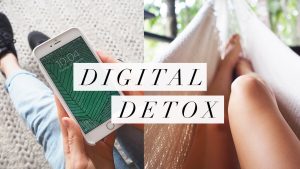
The idea of taking a break from technology might seem daunting, but it doesn’t have to be all or nothing. Here are some simple steps to help you get started with a digital detox:
- Set Boundaries: Start by setting clear boundaries around your technology use. For example, you could decide not to check your phone for the first hour after waking up or avoid using screens an hour before bedtime. Set a limit for how much time you spend on social media or emails each day.
- Designate Tech-Free Zones: Create tech-free zones in your home or workspace. For instance, make your bedroom a place for rest, without the presence of screens. This helps create a clear separation between work, leisure, and sleep.
- Schedule Screen-Free Time: Plan activities that don’t involve technology, such as taking a walk, reading a book, cooking a meal, or spending time with friends and family. You can start with small blocks of time—like 30 minutes to an hour—and gradually increase it over time.
- Unplug During Vacations: If possible, designate entire days or weekends to unplug from technology during vacations or breaks. This allows you to truly disconnect and experience relaxation without the constant pull of work emails or social media.
- Mindful Consumption: Be intentional about how you use technology. Instead of mindlessly scrolling through your phone, use technology with a purpose—whether it’s to stay connected with loved ones, complete a work task, or learn something new. Limiting unnecessary digital consumption reduces the mental clutter caused by overuse.
Tips for Making a Digital Detox Easier

A digital detox can be challenging, especially in a world that’s so connected. Here are some tips to make the process easier and more sustainable:
- Turn Off Notifications: Disable non-essential notifications on your phone to reduce constant distractions. When you’re not being bombarded with alerts, it’s easier to stay focused and present.
- Use Apps to Track Screen Time: Use apps like Screen Time (iOS) or Digital Wellbeing (Android) to track how much time you’re spending on screens. These apps can also help you set limits on screen usage and remind you to take breaks.
- Set Goals and Reward Yourself: Start by setting a goal for your digital detox, such as reducing screen time by 30 minutes a day. Celebrate your success with a small reward, like treating yourself to a relaxing activity or enjoying a special meal.
- Communicate Your Intentions: If you’re planning a digital detox, let others know so they don’t expect immediate responses to your messages or emails. Setting clear expectations with colleagues, friends, and family makes it easier to disconnect without guilt.
- Engage in Non-Digital Activities: Reconnect with hobbies and activities that don’t require technology, such as painting, journaling, cooking, or outdoor activities. These can help you relax and enjoy life without the constant presence of digital devices.
The Impact of Digital Detox on Your Well-Being
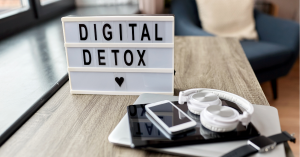
Taking a break from screens and technology can have profound effects on your mental well-being and overall life satisfaction. A digital detox not only allows you to escape the stress of the digital world but also provides a space to reconnect with yourself and the world around you. Here’s how a digital detox can improve your well-being:
- Boosted productivity: By reducing distractions, you’ll find it easier to focus on important tasks and make better use of your time.
- Improved relationships: Disconnecting from digital devices allows for more meaningful face-to-face interactions, which strengthens relationships.
- Enhanced mindfulness: A digital detox encourages you to be present in the moment, helping you cultivate mindfulness and reduce stress.
- Better physical health: Less screen time means more time for physical activity, sleep, and relaxation, leading to better overall health.
Conclusion
In a tech-obsessed world, a digital detox offers a much-needed break to reset, recharge, and reclaim your time. By setting boundaries, taking breaks from screens, and prioritizing real-life interactions, you can reduce stress, improve productivity, and enhance your mental and physical well-being. A digital detox is not about completely cutting yourself off from technology, but rather about finding a healthy balance that allows you to live a more focused, fulfilling life.






